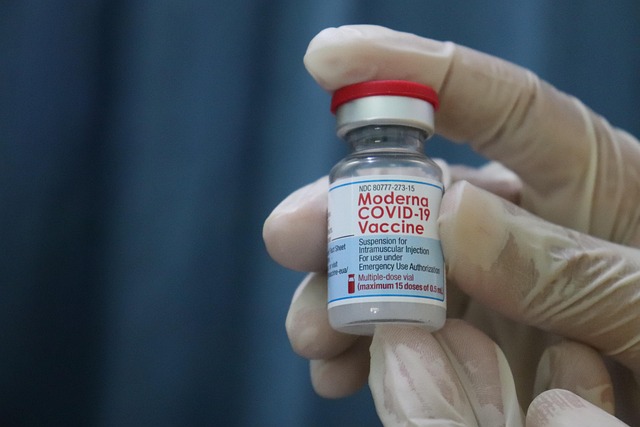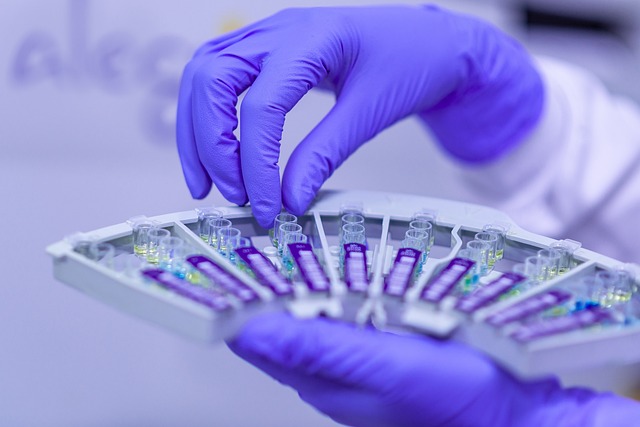
Mda5 Dermatomyositis
Understanding MDA5 Dermatomyositis
MDA5 Dermatomyositis, a rare and complex autoimmune condition, has been making waves in the medical community lately. This subtype of dermatomyositis is particularly known for its association with anti-melanoma differentiation-associated gene 5 (MDA5) antibodies. But what does that mean for the average person? Let’s break it down in a way that even your non-medical friends can understand (and perhaps even impress them at your next dinner party). 🍽️
What is Dermatomyositis?
Dermatomyositis itself is an inflammatory disease characterized by muscle weakness and distinctive skin rashes. However, MDA5 Dermatomyositis is a bit of a rebel in this family, as it often presents without the typical muscular manifestations. This makes it clinically amyopathic, which is just a fancy way of saying that patients might not show the muscle weakness usually associated with this condition. So, if you’re not flexing those biceps, don’t worry—this isn’t a gym fail, it’s just MDA5 being MDA5.
Who Does It Affect?
This condition is more frequently observed in Asian women, but it doesn’t discriminate. Anyone can be affected, and it’s essential to recognize the symptoms early. The skin manifestations can include rashes that might resemble sunburn or even a classic heliotrope rash, which is a lovely shade of purple that would make any artist jealous. 🎨
Why the Fuss About Anti-MDA5 Antibodies?
Anti-MDA5 antibodies are the stars of the show when it comes to diagnosing this condition. Their presence can indicate a higher risk of developing interstitial lung disease (ILD), which is a serious complication. Think of it as the unwanted party crasher that shows up when you least expect it. Early detection of these antibodies can help in managing the risks and tailoring treatment options.
Symptoms to Watch For
While the absence of muscle weakness is a hallmark of MDA5 Dermatomyositis, there are still several symptoms to keep an eye on:
- Skin Rashes: As mentioned, look for those telltale rashes—especially the heliotrope rash.
- Respiratory Issues: Coughing, shortness of breath, or any unusual lung symptoms should raise a red flag.
- Fatigue: Feeling like you’ve run a marathon when you’ve only walked to the fridge?
- Fever: A persistent low-grade fever can also be a sign.
Treatment Options
When it comes to treatment, it’s all about managing symptoms and preventing complications. Corticosteroids are often the go-to, but other immunosuppressive drugs might be used, depending on the severity of the condition and how the patient responds. It’s a bit like finding the right playlist for a road trip—sometimes you need to switch things up to keep the vibes just right.
Conclusion
In conclusion, MDA5 Dermatomyositis may sound like a mouthful, but understanding it doesn’t have to be rocket science. With awareness and early detection, patients can manage this condition effectively. So, keep an eye out for those rashes, breathe easy, and remember that knowledge is power—especially when it comes to your health!

















 Solving Quadratic Equations by Factoring
Solving Quadratic Equations by Factoring 
 Health
Health  Fitness
Fitness  Lifestyle
Lifestyle  Tech
Tech  Travel
Travel  Food
Food  Education
Education  Parenting
Parenting  Career & Work
Career & Work  Hobbies
Hobbies  Wellness
Wellness  Beauty
Beauty  Cars
Cars  Art
Art  Science
Science  Culture
Culture  Books
Books  Music
Music  Movies
Movies  Gaming
Gaming  Sports
Sports  Nature
Nature  Home & Garden
Home & Garden  Business & Finance
Business & Finance  Relationships
Relationships  Pets
Pets  Shopping
Shopping  Mindset & Inspiration
Mindset & Inspiration  Environment
Environment  Gadgets
Gadgets  Politics
Politics 